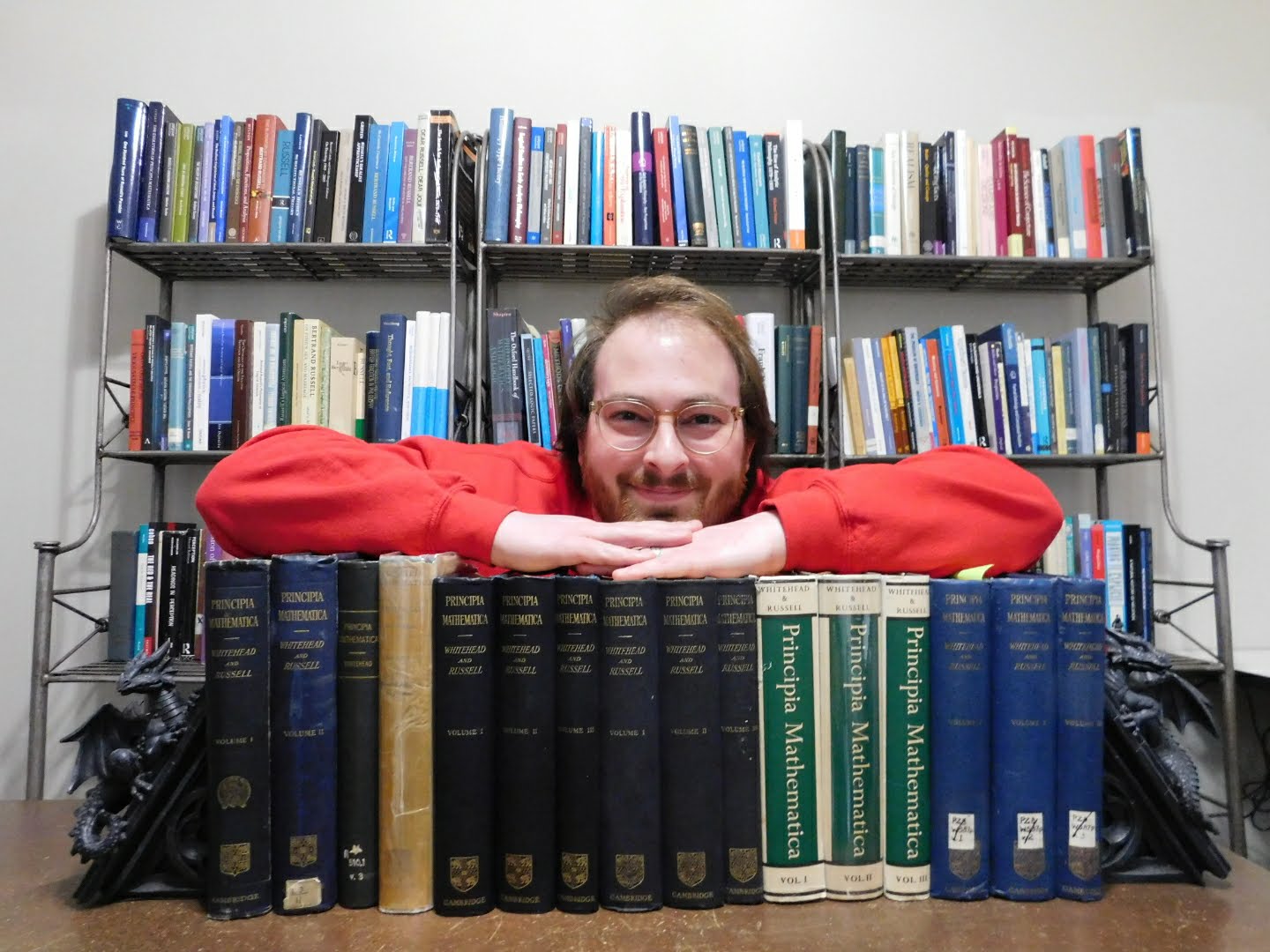Digging in a Library Basement (Pt. 1)
Published:
In summer 2017, I was awarded a T. Anne Cleary International Dissertation Research Fellowship to travel to the Bertrand Russell Archives at McMaster University. My dissertation focuses on Russell’s philosophy of logical atomism. So visiting the Archive was a real treat, and truly helpful in getting a more complete picture of Russell’s logical atomism. I am grateful to the University of Iowa Graduate College for their generous support of my first archival adventure! In this series of three posts, I will give an overview of my trip, talk about what it was like to work in the Russell Archives, and then discuss the historical data I found that aided my research.
First, I had a delightful time on my first car trip to Canada! I unfortunately did discover much too late that, when driving across a border with enough suitcases full of books crammed into a 2007 Honda Accord to start a new life, you should bring documentation that shows why you are traveling there: Canadian border security was suspicious of me, a young summer traveler bringing what looked like all their Earthly possessions. It took a good bit of midnight dialogue to persuade them to let me pass. That was lesson one: bring documentation evidencing that someone in the country you are visiting expects you to visit.
I followed most of the other lessons pretty well. I contacted the Archival staff at the Mills Library, where the Bertrand Russell Archives are housed, and I did this well in advance. (In an exciting development, the Russell Archives will have their own dedicated Russell House in spring 2018!) Similarly, I contacted the Russell Archivist, Kenneth Blackwell, who met Russell and was responsible for their documentation and growth since their arrival at McMaster University. (This interesting chapter in the history of the history of analytic philosophy is detailed here.) I also got in touch with some well-known historians of analytic philosophy in McMaster’s philosophy department: Nick Griffin and Sandra Lapointe. My interactions with all these folks were superbly helpful. The Archival staff in the William Ready Division was also terrific - more on that next time!
I also followed a tip from some academics in history that helpfully blogged about their archival research experiences. That was lesson two: bring a nice camera and a hands-free stand for taking photographs. I spent $200 on the Nikon Coolpix L840. (Of course an academic would buy their first camera for doing archival work!) I also dropped $40 on a 32GB memory card, rechargeable batteries, a battery charger, a case, and - most importantly of all - a tripod for the camera.
Why did I do all this? That was lesson three: make the most of your time in the archive. The Russell Archives were open Monday through Friday from 9 to 5. I only had a few weeks there, and I wanted to spend as much time as I practically could documenting materials that I could not access from home. So I spent almost all the time I could in the Archive taking as many photographs as I could. I would only organize photographs on my computer when I got home for the evening. (And lesson four: organizing photos is a must! Otherwise you might be unable to know what on Earth you are looking at when you return home. For my part, I followed the documentation system of the Russell Archives and organized photos by box number, item number, and document title.)
So I had two sets of four rechargeable batteries: as my camera needed four batteries at a time, that let me charge one set while I was using the other, so I could photograph without interruption almost the entire time the Russell Archives were open. I also chose my camera because it had WiFi networking capacities. That let me download a free Android application that I used to take photos by pressing a button on my cell phone while seated. If you are taking photos by holding your arms above your head while seated, or by standing, that gets uncomfortable fast. It also distracts your hands from arranging primary documents by making them fiddle with or hold a camera. My archiving arrangement let me take photographs while comfortably seated and freed my hands to focus on laying the documents before the camera. (See the picture.) The arrangement was highly successful: it resulted in around 7,400 photos over three weeks, which amounts to about 500 photos daily over fifteen working days.
That is enough for now. In Part 2, I will talk more about what it was like to work in there and about the wonderful folks I met.
This post was copied from my old website.
